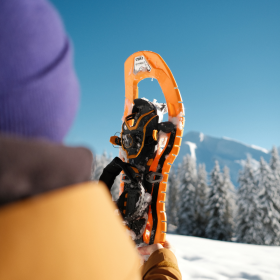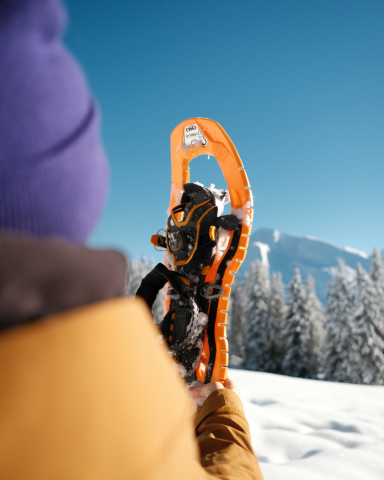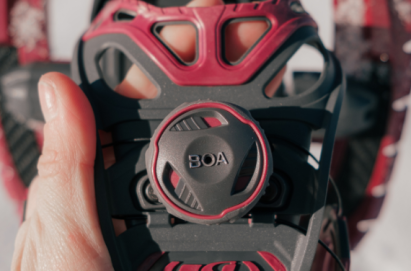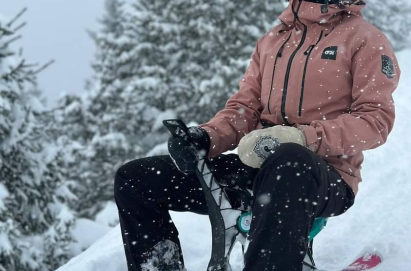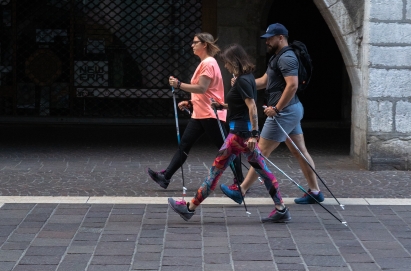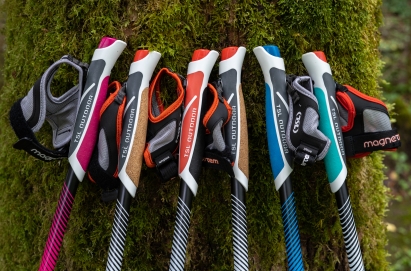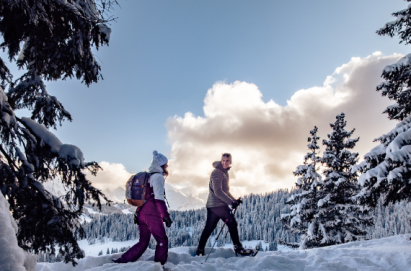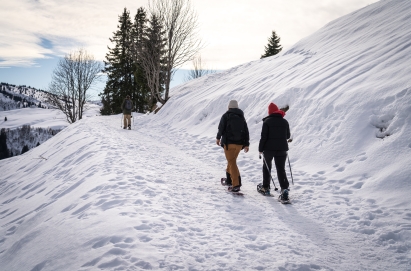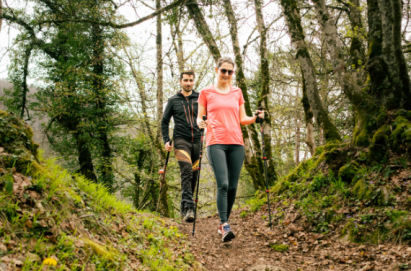
Splitboarding VS Snowshoeing: Which Is Best ?
What is the Difference between Splitboarding vs Snowshoeing?
Splitboarding and snowshoeing are distinct winter activities, each offering a unique way to explore snowy landscapes. Splitboarding involves using a specialized snowboard that splits into skis, allowing enthusiasts to climb uphill and then transition into downhill snowboarding. This activity is tailored for those seeking a dynamic experience, especially riding on challenging terrains. On the other hand, snowshoeing is a simpler and more accessible option. It entails strapping on snowshoes to walk on snow, making it a better choice for beginners and those going for a more tranquil winter adventure. The key difference lies in the approach – splitboarding caters to the thrill-seekers with a blend of climbing and snowboarding, while snowshoeing provides a straightforward and serene exploration of snow-covered landscapes. Understanding these distinctions is crucial for choosing the winter activity that aligns with your preferences and the type of adventure you seek.
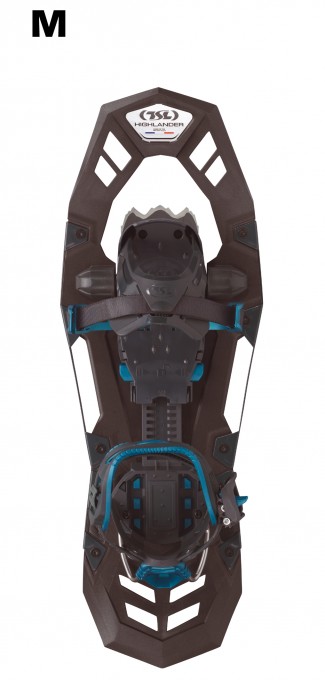
HIGHLANDER ACCESS

Splitboarding Gear and Equipment
This winter activity requires specialized equipment designed to transform your snowboard into skis for climbing uphill. Key components include the splitboard itself, bindings, boots, and climbing skins.
- The splitboard, resembling a snowboard, can be separated into two skis for uphill travel. They are typically a bit longer compared to regular snowboards.
- Bindings are crucial for securely attaching your boots to the board.
- Speciality boots designed for splitboarding offer the necessary flexibility for both ascending and descending however, if you don’t want to spend on expensive boots, snowboard boots also work.
- Climbing skins, attached to the base of the splitboard during climbs, provide better traction.
Snowshoeing Equipment
Snowshoeing, on the other hand, is a more straightforward activity in terms of equipment. A pair of snowshoes are the primary gear, and they come in various designs for different terrains and snow conditions. All you need is a pair of snowshoes and boots suitable for cold, snowy environments to complete the essential equipment list.
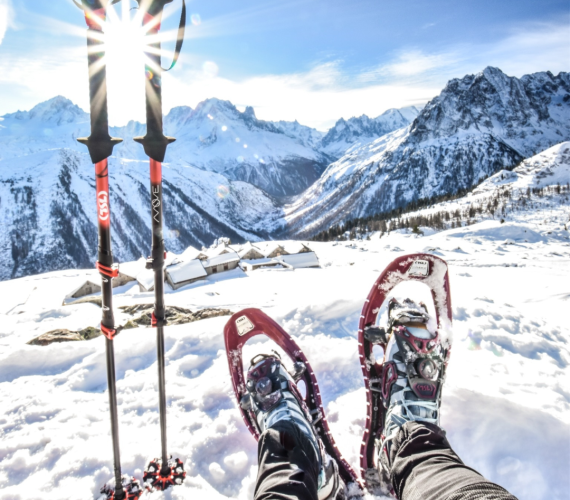
Comparison of Gear Features
- Weight: Snowshoes are generally lighter and easier to carry, making them better for beginners or those looking for a less physically demanding experience. In contrast, splitboards and its gear can be heavier.
- Ease of Use: Snowshoes are known for their user-friendly design – strap them on, and you're ready to go. Splitboards, however, require more preparation and a steeper learning curve, especially for mastering the transition between modes.
- Cost: Cost considerations are essential for many enthusiasts. Snowshoeing tends to be more budget-friendly as it requires less specialized equipment. In contrast, the initial investment for splitboarding can be higher due to the need for a splitboard, bindings, boots, and climbing skins.
Activity and Riding
Splitboarding Experience
Splitboards excel in backcountry riding, especially on big, straight mountains. Enthusiasts can access untouched powder and navigate challenging descents. The riding experience closely resembles traditional snowboarding once the climbing phase is complete.
Snowshoeing Experience
Snowshoeing is ideal for trail exploration and navigating deep snow. While it lacks the downhill thrill of snowboarding, it provides a serene and immersive experience in winter landscapes. Snowshoers can ride through flat terrains, forests, and deep snow-covered trails.
Suitability for Different Terrains
Splitboards are tailored for those seeking a mix of climbing and downhill snowboarding on varied terrains. Steep slopes and technical descents are where splitboarding truly shines. Snowshoeing, on the other hand, is better for flatter terrains, making it accessible for a broader range of enthusiasts.
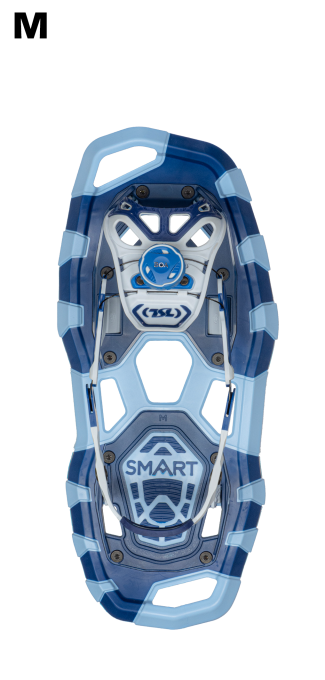
SMART
Quality and Improvement
Assessing the quality of the experience and identifying areas for improvement is crucial for both winter sports.
- Enjoyment: Quality is subjective and depends on personal preferences. Splitboarders often find joy in conquering challenging descents and enjoying the rush of downhill snowboarding. Snowshoers, on the other hand, appreciate the tranquility of snow-covered landscapes and the simplicity of the activity.
- Accessibility: Snowshoeing scores high in accessibility due to its simplicity and ease of use. It's a great choice for beginners and those looking for a less physically demanding winter activity. Splitboarding, while rewarding, may be intimidating for newcomers to winter sports.
- Adaptability: Both activities offer adaptability to different snow conditions. Snowshoes are versatile enough to handle various terrains, from groomed trails to deep snow. Splitboards adapt to the demands of both climbing and descending, making it suitable for diverse wilderness adventures.

Timing and Skills
Considering the time commitment and skill progression is essential for choosing the right winter activity.
- Time Commitments: Snowshoeing is known for its quick setup – strap on the snowshoes, and you're ready to explore. Splitboarding, with its gear transitions and climbing phases, requires more time and planning. Depending on what you have time for, one activity might work better for you and your goals.
- Learning Curve and Skill Progression: Snowshoes have a minimal learning curve, making it accessible for beginners. Splitboards demand a steeper learning curve, especially when mastering transitions and riding techniques. Skill progression in both activities is gradual, rewarding enthusiasts with improved capabilities over time.
- Personal Experience and Preferences: Ultimately, the best choice between both winter activities depends on personal experience and preferences. Enthusiasts may find joy in the adrenaline rush of downhill snowboarding, the tranquility of snowshoeing, or even a combination of both based on the icy adventure they seek.
Techniques
If you are new to either snowshoeing or splitboarding it is best to focus on is: technique. Mastering either technique is crucial for a safe winter adventure. Splitboards require efficient transitions between ascending and descending. In addition, the use of climbing skins and proper binding adjustments are very important. Snowshoeing involves learning to walk with snowshoes, adapting stride length, and navigating different snow conditions. Understanding these techniques enhances your ability to navigate various terrains in both activities.
Ascending
Ascending in splitboards involves attaching climbing skins for traction during uphill climbs. This essential step is crucial for conquering challenging landscapes and ensures a seamless transition to downhill riding. In snowshoeing, ascending is simpler, requiring proper weight distribution and a slight duck-footed stance. With the right technique, snowshoers can efficiently climb slopes without the need for specialized gear, making it a good option for all snow sport enthusiasts.
Descending
Descending in splitboards involves securing bindings, removing climbing skins, and gearing up for the exhilarating downhill ride. Navigating through powder or technical descents demands a blend of snowboarding skills and wilderness awareness. In snowshoeing, descending is a more subdued yet great experience. A stable and balanced approach is necessary, adjusting to the landscape for a controlled descent through snowy mountains. While splitboarding offers the rush of downhill snowboarding, snowshoeing provides a serene and contemplative descent worth a thousand pictures.
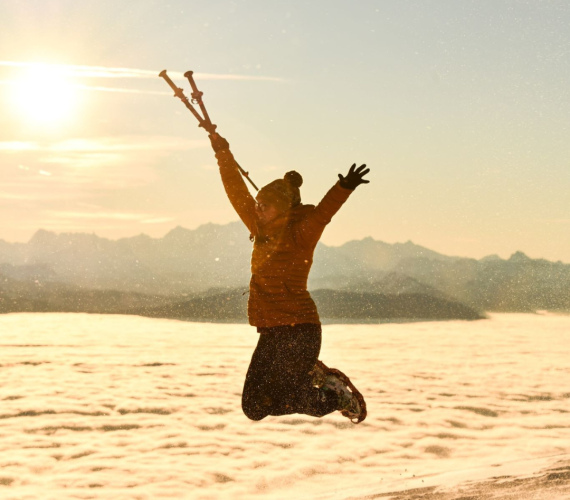
Efficiency and Purpose
The efficiency of splitboards lies in dynamic transitions, technical descents, and conquering challenging terrains. It requires you to think and is designed for those seeking an adrenaline-filled adventure. Snowshoeing prioritizes efficiency in simplicity, offering a quick learning curve and minimal gear. The purpose of snowshoeing is to provide a serene and accessible winter adventure. Its efficiency is very versatile and much better for someone looking for an easy adventure. This allows enthusiasts to explore various terrains without specialized skills, making it an ideal choice for beginners and those seeking a tranquil winter experience. Understanding the efficiency and purpose of each activity helps you choose the one that aligns with your goals and preferences.
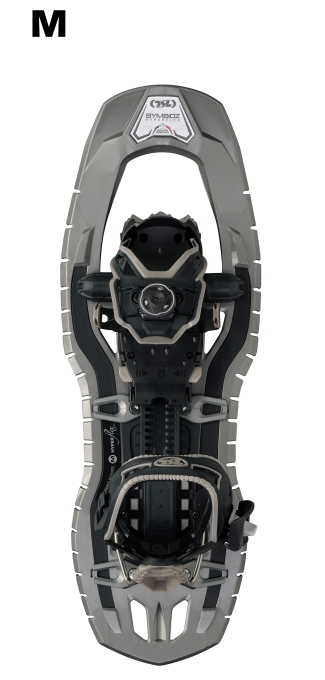
SYMBIOZ HYPERFLEX ORIGINAL 2

Top Tips for Split Boarding
Invest in Quality Gear:
First, ensure your splitboarding experience is optimized by investing in top-notch gear tailored to your chosen terrain and conditions. Then choose the right shoes and good bindings for the perfect snowy adventure.
Master Transitions:
Smoothly navigate between climbing and descending modes by practicing the efficient use of climbing skins, securing bindings, and transitioning your splitboard.
Start by Learning Basic Backcountry Skills:
Prioritize safety by gaining essential knowledge in snow safety, route finding, and avalanche awareness, including attending courses and mastering the use of safety equipment.
Stay Fit:
To boost your splitboards performance, you should first keep your body active and maintain physical fitness through regular exercise, focusing on endurance, strength, and cardiovascular conditioning.
Choose Appropriate Terrain:
Align your chosen landscape with your skill level, gradually progressing to more challenging slopes as you gain experience and confidence.
Plan Your Route:
Thoroughly plan your splitboarding route, considering the topography, weather, and potential hazards, while informing someone about your plans and checking local avalanche forecasts for added safety.
Snowshoeing vs Splitboarding: Pros and Cons
Here are the pros and cons of snowshoes vs splitboard which will hopefully help you decide on which way to go.

Snowshoeing:
Pros:
- Simplicity and accessibility.
- Ideal for beginners.
- Tranquil winter experience.
- Minimal gear and quick learning curve.
- Versatile for various landscapes.
- Serene exploration of snow-covered landscapes.
Cons:
- Limited thrill compared to downhill snowboarding.
- Less dynamic experience.
- May not satisfy adrenaline-seeking enthusiasts.
- A pair of snowshoes are bulkier compared to splitboards gear.

Splitboarding:
Pros:
- Thrill for mountain enthusiasts.
- Rush of downhill snowboarding on challenging terrains.
- Dynamic experience combining climbing and descending.
- Sense of accomplishment on steep slopes.
- Suitable for those seeking a more challenging adventure.
Cons:
- More preparation and a steeper learning curve.
- Can be tough to master as a beginner.
- Specialized equipment required.
- Potentially higher initial cost.
- Can get more tiring than snowshoeing
- Emphasis on conquering steep slopes may not appeal to everyone.
Summing Up: Which One?
In the debate between splitboarding and snowshoeing, there's no one-size-fits-all answer. Each activity has its unique charm, catering to different preferences and skill levels. While splitboarding offers the thrill of snowboarding on challenging terrains, snowshoeing provides a more accessible and serene winter experience.
Consider your priorities, from the type of terrain you want to explore to the level of physical exertion you're comfortable with. Whether you choose the rush of splitboarding or the simplicity of snowshoeing, the winter landscape awaits your exploration. So, gear up, venture out, and embrace the beauty of winter on your terms.
